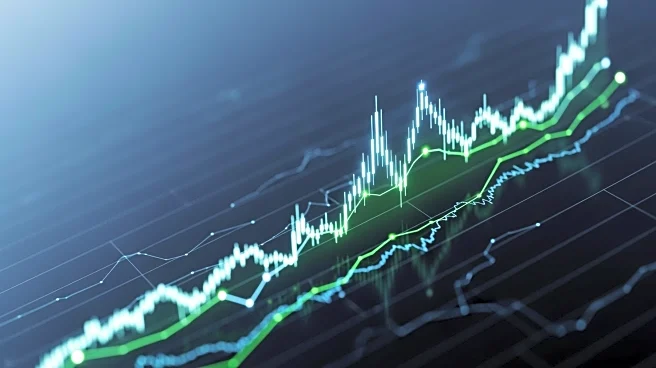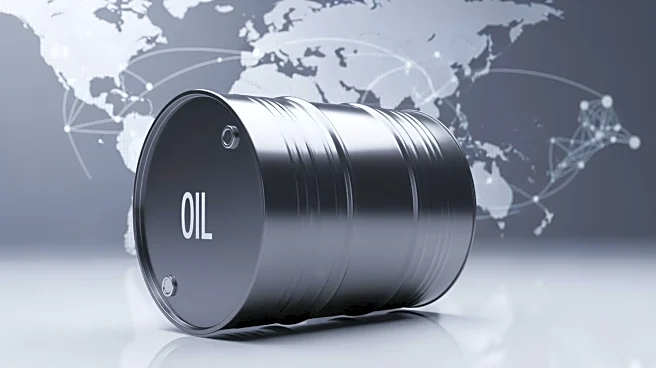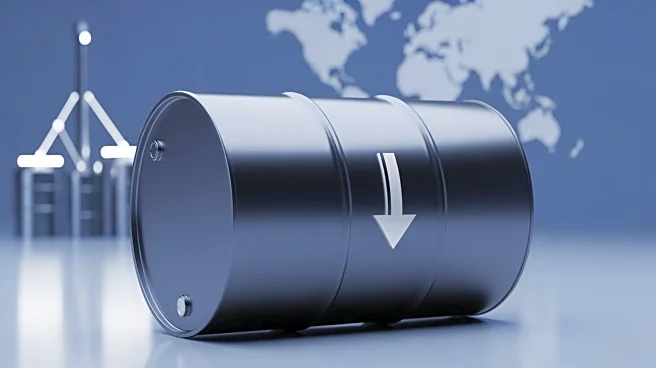What's Happening?
Katie Stockton, a market analyst, has identified a potential positive catalyst for India's stock market, which has been underperforming compared to the U.S. market in 2025. The iShares MSCI India ETF (INDA)
has shown a year-to-date return of only 3.44%, lagging behind U.S. equities. Stockton notes that INDA has been in a corrective phase, forming a triangle pattern on the charts. This pattern suggests a potential breakout, as INDA is currently above the upper boundary of the triangle, near $54.50. A confirmed breakout, indicated by two consecutive weekly closes above this level, could lead to a bullish intermediate-term development. The ETF has already cleared short-term resistance, and a near-term upside objective is set at $55.90. Stockton's analysis also highlights a recent 'buy' signal from Tom DeMark's TD Combo model, suggesting potential outperformance of INDA relative to the S&P 500 Index over the next eight weeks.
Why It's Important?
The potential breakout in India's stock market could have significant implications for investors and the global economy. A confirmed breakout could attract more investment into Indian equities, boosting market confidence and potentially leading to a period of outperformance. This development is particularly relevant for investors seeking diversification and exposure to emerging markets. The positive momentum in India's stock market could also influence global investment strategies, as investors may reallocate resources to capitalize on the anticipated growth. Additionally, a strong performance in Indian equities could have broader economic implications, potentially impacting trade relations and economic policies between India and other major economies.
What's Next?
If the breakout is confirmed, investors may see increased interest in Indian equities, leading to potential inflows of capital. Market participants will likely monitor the performance of INDA closely, looking for sustained momentum and further technical signals. The broader impact on global markets will depend on the strength and duration of the breakout. Investors and analysts will also be watching for any changes in economic policies or geopolitical developments that could influence India's market performance. As the situation unfolds, stakeholders will need to assess the potential risks and opportunities associated with investing in Indian equities.












